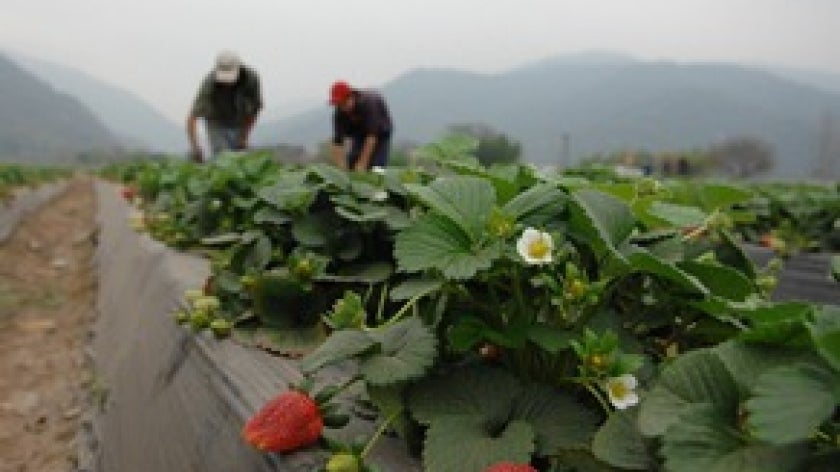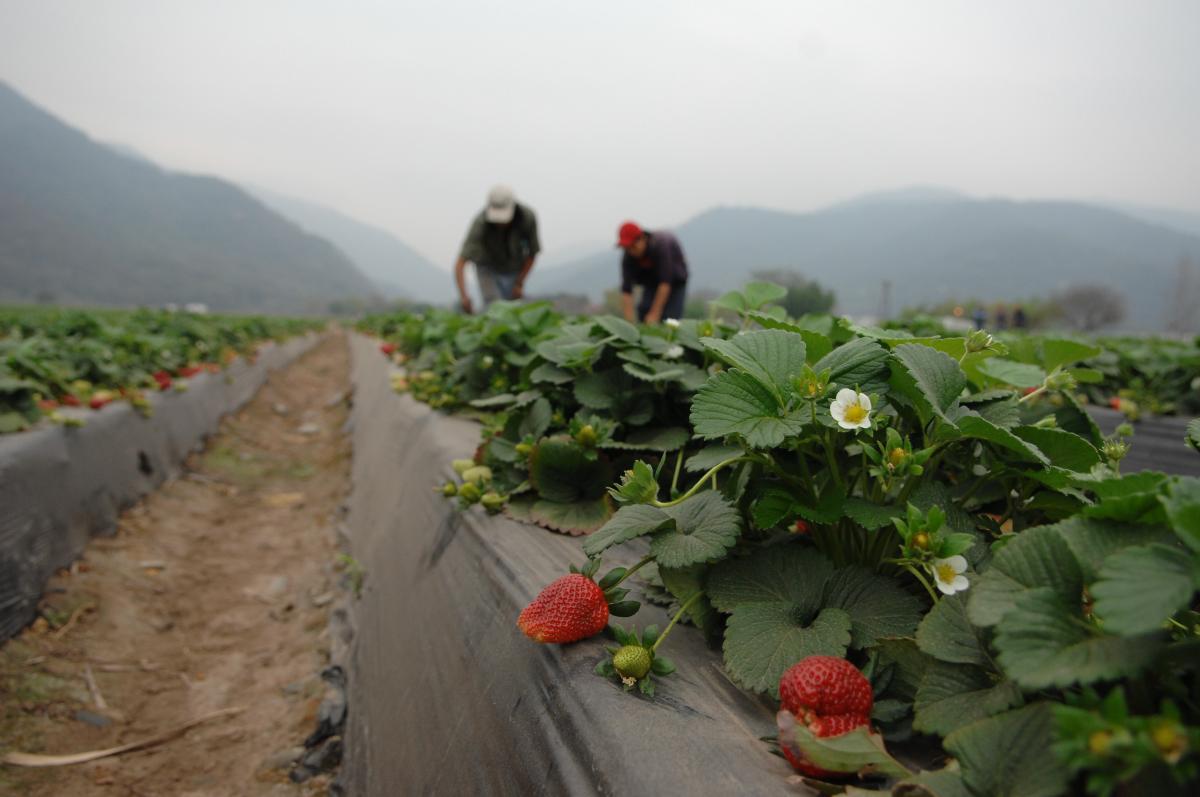
Ten years ago, the Stockholm Convention came into force, initially controlling the use of 12 toxic and persistent chemical compounds. Since 2004, 11 more substances having been added to the list of persistent organic pollutants (POPs), bringing the total to 23. These include the previously widely used insecticide DDT along with dioxins, which are unintentionally released into the environment by fires, especially where waste is being burnt.
Highly harmful to both human health and the environment, these pollutants require specialized disposal mechanisms to avoid their entering the food chain. Acute exposure to POPs pesticides, for example, can cause harmful effects whose symptoms can include tremors, headache, dermal irritation, respiratory problems, dizziness, nausea, and seizures.
With two thirds of the GEFs chemical portfolio for the GEF-6 dedicated to reducing and eliminating POPs in eligible countries, Environmental Specialist Ibrahima Sow highlights the remaining challenges to achieving this goal.

Agriculture workers on a strawberry farm - World Bank
Question: Which chemicals are we talking about?
Ibrahima Sow: POPs are persistent and bioaccumulative chemical substances with the ability to travel far from their sources of origin.
The Stockholm Convention initially identified 12 chemicals - called the dirty dozen- (aldrin, chlordane, DDT, dieldrin, endrin, heptachlor, hexachlorobenzene, mirex, toxaphene, polychloroby phenyls, polychlorinated dixons and polychlorinated furans). Eleven further POPs have since been added.
There are three categories:
- Pesticides
- Industrial chemicals and compounds
- Unintentional by-products resulting from combustion processes
Q: What are the lasting health effects?
IS: POPs dissolve easily in fats, but not in water. Therefore, once ingested, they cannot be easily excreted. Given that POPs are also resistant to biodegradation, meaning they bio-accumulate in an organism, especially in its fatty tissues, and bio-magnify as they work their way up the food chain. Humans can therefore accumulate high POPs body burdens by eating contaminated fish, meat and dairy products.
Dioxins and furansare considered among the most toxic substances known to science and have been classified as human carcinogens by the World Health Organization’s International Agency for Research on Cancer. Exposure to these chemicals has been associated with IQ deficits, increased prevalence of withdrawn/depressed behavior, adverse effects on a child’s ability to pay attention, and an increase in hyperactive behavior.
When POPs are used as pesticides, the residues contaminate crops and those who eat them. Chronic exposure to POP pesticides can have long-term health effects such as multiple types of cancer, endocrine system and hormonal disruption, reproductive disorders, neurological and behavior disorders, Parkinson's disease, birth defects, respiratory illness and abnormal immune system function.
Q: Which industries and uses are the “usual suspects”?
IS: POPs pesticides make up only a small part of all pesticides, but they are still used in some countries to control disease vectors such as mosquitoes, and to control termites. DDT, for example, has been extensively used as an insecticide and in some countries its legal use is currently restricted to disease vector control, but it may also be illegally diverted for agricultural use.
Dioxins and furans are never intentionally produced but rather produced as by-products in combustion process and chemical reactions when both organic matter and chlorine are present.
Polychlorinated biphenyls (PCBs) are oils and solids that are tasteless, odorless and colorless to light yellow. Originally developed in 1929 for coolants, insulation oils and lubricants in electrical transformers, capacitors, electrical and hydraulic equipment and as plasticizers in paints, plastics, and rubber products, PCBs can also be produced unintentionally during the incineration of hazardous, hospital and municipal waste, among other reactions.
Q: How is the GEF working to reduce the use and emission of such chemicals?
IS: The goal of the chemicals and waste focal area strategy is to prevent the exposure of humans and the environment to harmful chemicals and waste of global importance. This includes POPs, mercury and ozone depleting substances, through a significant reduction in the production, use, consumption and emissions/releases of those chemicals and waste.
As the entity operating the financial mechanism of both the Stockholm Convention on POPs and the principal financial mechanism of the Minamata Convention on mercury, the GEF provides assistance to developing countries and countries with economies in transition.
Since its inception, the GEF has invested US$ 705 million to projects in the Chemicals focal area and leveraged some US$ 2.0 billion in co-financing from partners, bringing the total value of the GEF Chemicals portfolio to over US$2.7 billion
A total of $ 554 million is committed in GEF 6 to support projects in the Chemicals and waste focal area with US$375 million destined to POPs projects.

Proper disposal of POPs in Tanzania.
What are the main challenges in reducing their use?
Despite efforts from the GEF and other institutions, a lot still needs to be done. A significant quantity of chemicals - PCB, DDT and obsolete pesticides contained in the original 12 POPs - are stored and waiting for disposal in eligible GEF countries.
To achieve clean-up and reduction at the scale required to protect both human health and the environment, the GEF will need to play a catalytic role in leveraging budgetary resources from governments as well as incentivizing the private sector to contribute more to eliminating and reducing harmful chemicals and waste.